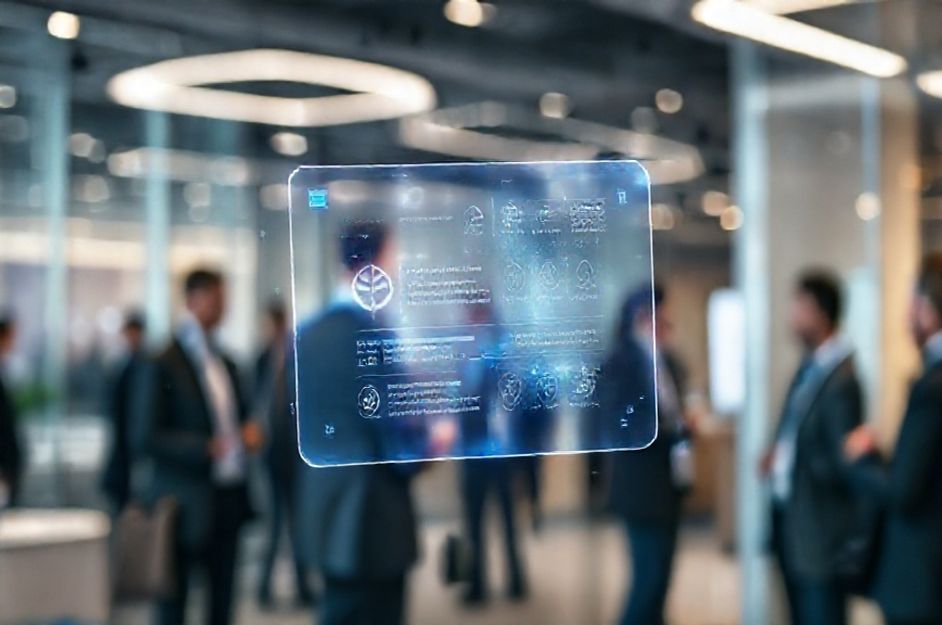For nearly three decades, business cards have been a mainstay for solidifying contacts. Advances in printing technology have made high-quality cards accessible, leading to their widespread adoption. Initially, they featured a phone number and, for technologically advanced offices, a fax number. However, with the digital revolution transforming business, the relevance of traditional business cards is now being questioned.
Are they truly essential? Once, they were invaluable, diligently stored in rolodexes. Today, rolodexes are relics of the past. Searching for a contact online is often faster than sifting through a physical directory. In their original form, the traditional paper business card is fading.
However, the concept of the business card is far from dead. Technology has breathed new life into it. We now see business cards evolving into mini CD-ROMs, containing not only contact information but also personal introductions and company overviews, ranging from simple PDFs to interactive animated tours.
Furthermore, electronic business cards are emerging, transferable wirelessly between devices. This method is gaining traction, automatically updating contact lists in email software.
While the traditional paper business card is declining, the underlying concept is adapting and thriving through technological innovation. In the future, we may see holographic business cards transmitted from wrist-worn devices, containing a wealth of personal and professional information.
